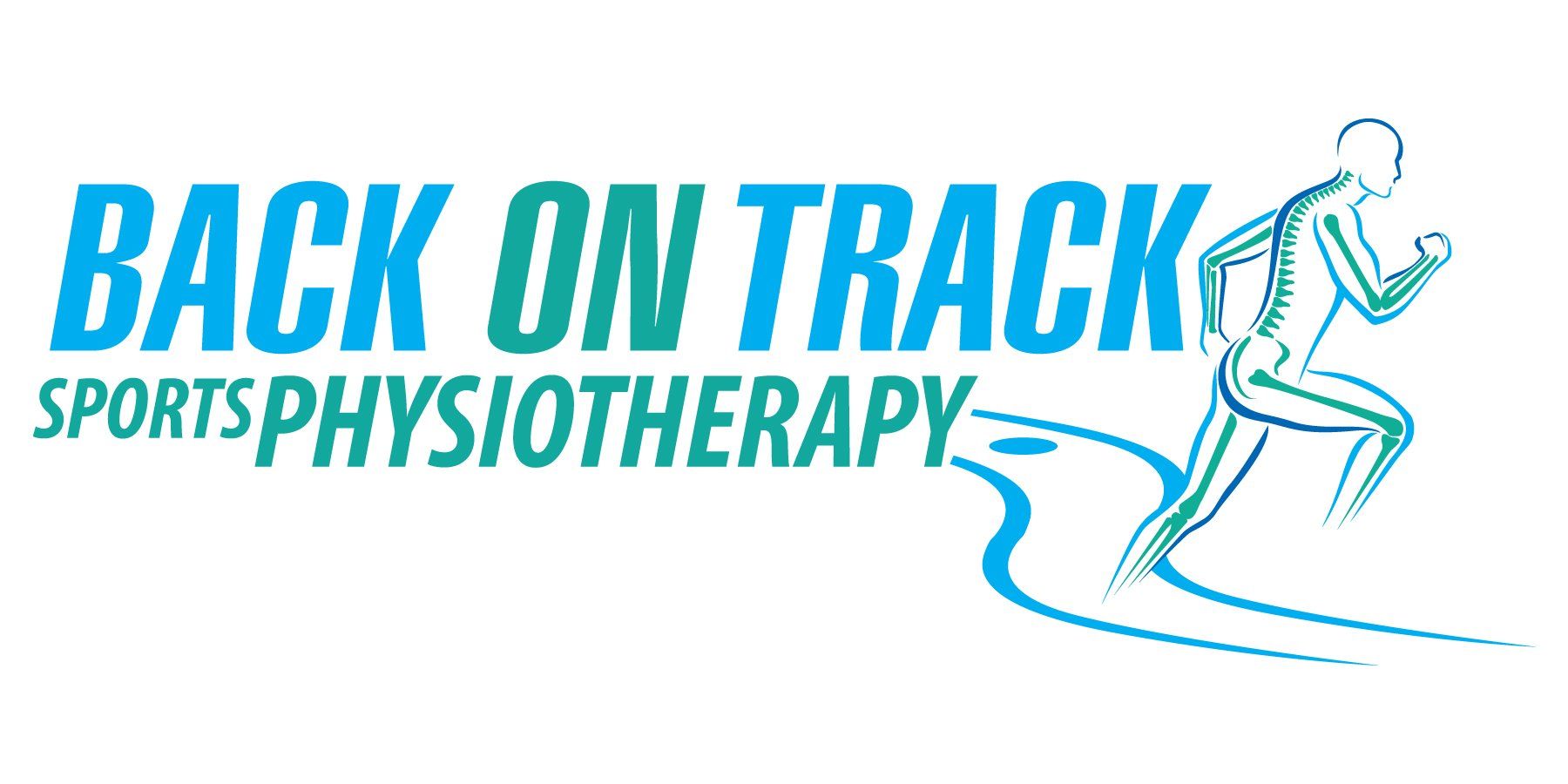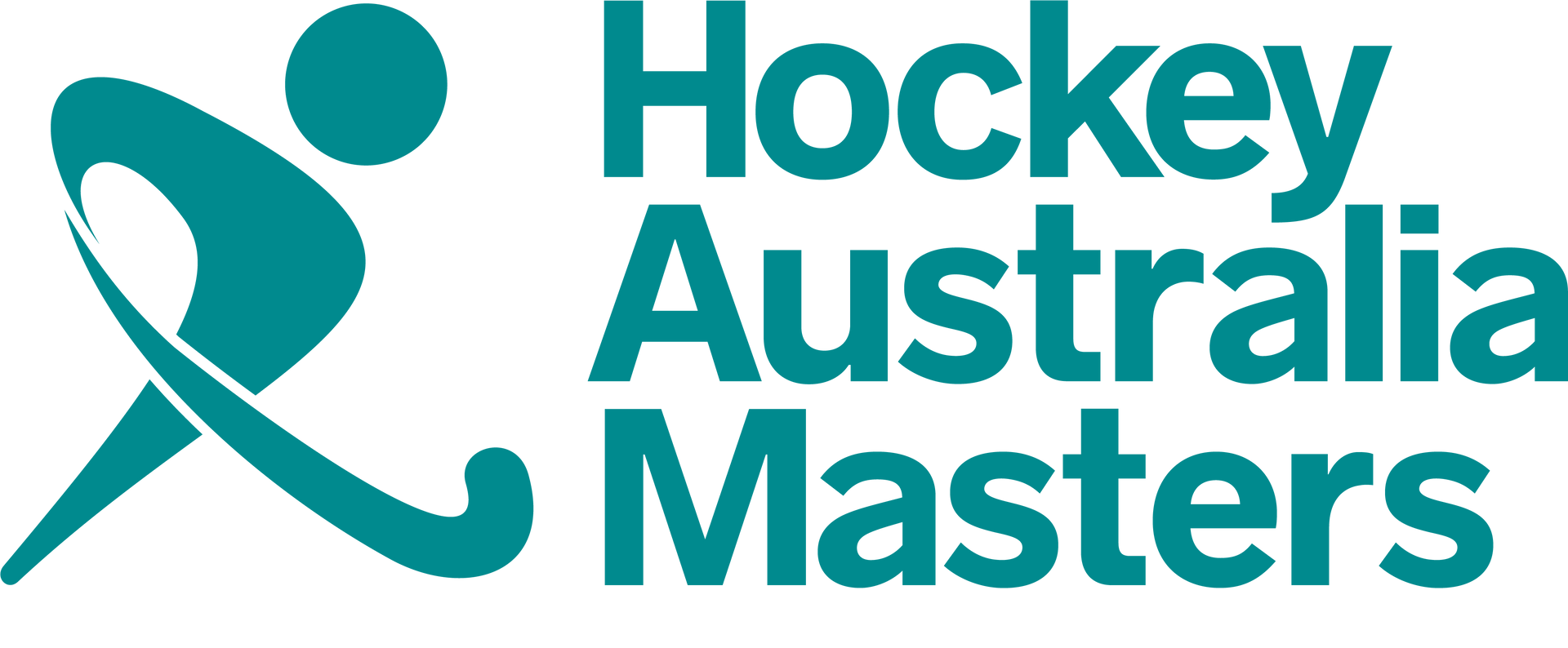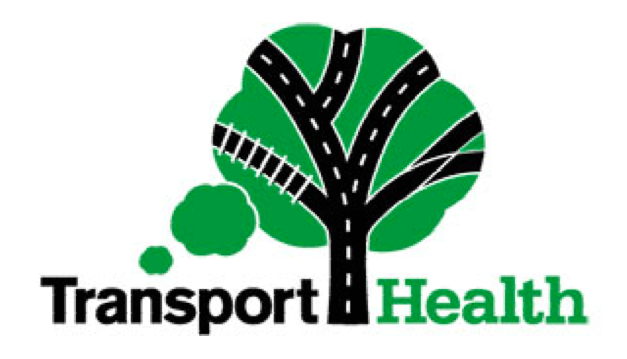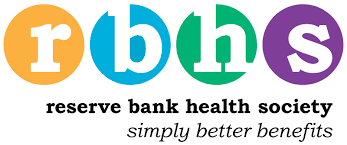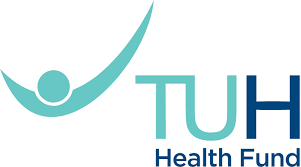Open 7 Days
Understanding Achilles Tendinopathy: A Comprehensive Guide
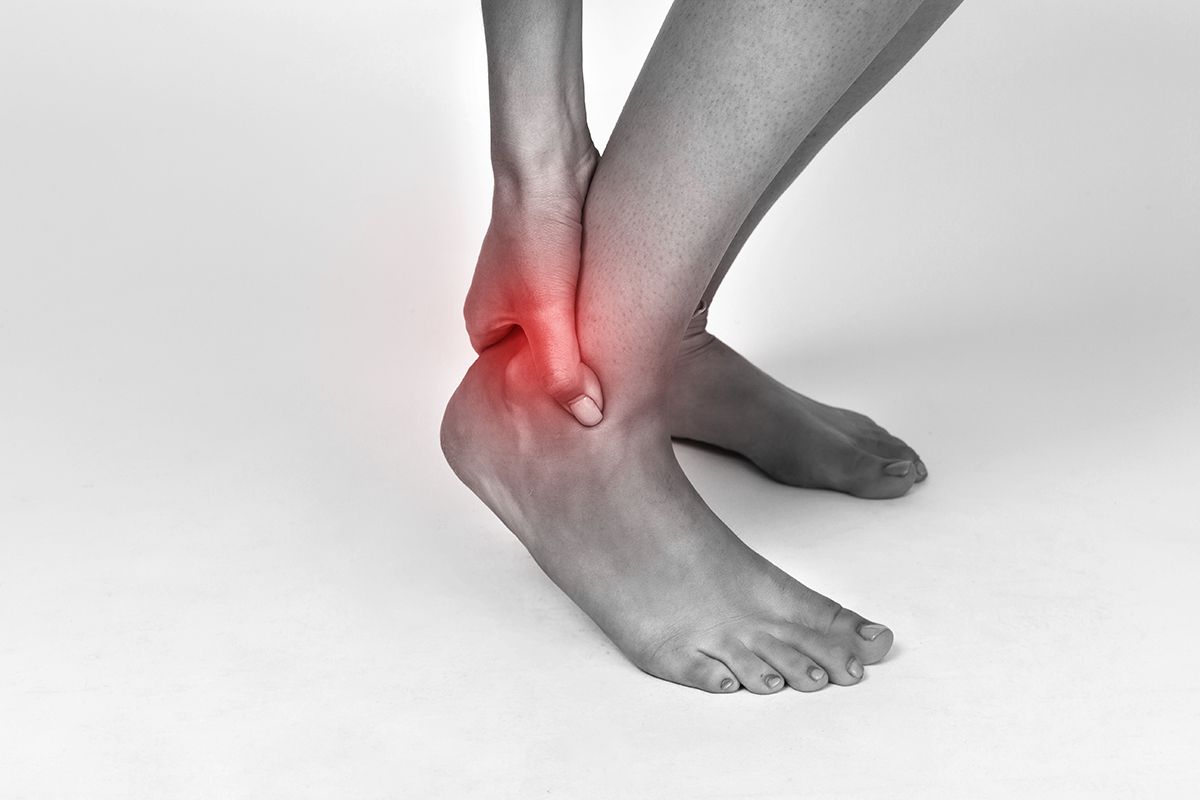
Achilles tendinopathy is a painful condition affecting the Achilles tendon, which attaches the calf muscles to the heel bone. It can significantly impact one's ability to participate in daily life and hinder athletic performance. It typically results from overuse or repetitive strain, leading to inflammation and discomfort in the tendon.
Common symptoms:
- Pain: pain in back of the heel
- Function: difficulty with walking and/or running
- Strength: loss of strength in the calf
- Swelling: swelling around Achilles tendon
Causes:
Overuse: Repeated stress on the tendon from activities like running, jumping, or other high-impact sports can lead to tendinopathy.
Improper Footwear: Wearing unsupportive shoes or those not suited to your activity can contribute to the condition.
Biomechanical Issues: Abnormal gait or foot mechanics can place extra stress on the Achilles tendon.
Change in conditions: The environment running/physical activity (eg. hills, distance, intensity) is completed in can increase the load on the tendon.
The course of Achilles tendinopathy can be categorised into 3 phases: Acute, Subacute and Chronic.
01 - Acute phase
- The Acute phase typically refers to the first two weeks of symptoms, known as reactive tendinopathy.
- Inflammation occurs in the Achilles tendon, often presenting with warmth, swelling, and pain upon palpation.
- Treatment during this phase focuses on reducing inflammation.
- Considerations for managing symptoms include anti-inflammatory medications, ice packs, and light loading exercises.
02 - Subacute phase
- The Subacute phase generally extends from the third week to about three months, known as tendon dysrepair.
- During this period, the initial inflammation typically subsides.
- Incorporating more loading exercises can benefit the Achilles tendon by stimulating the growth of tenocytes, or tendon cells.
03 - Chronic phase
- The chronic phase generally begins after three months and is characterised by degenerative tendinopathy.
- At this stage, the tendon may exhibit fibrotic changes and scar tissue formation around it. Reducing scar tissue becomes crucial during this phase.
- Shockwave therapy and tendon loading exercises are considered the most effective treatments at this stage.
Specific physiotherapy treatment:
The choice of loading exercises by physiotherapists is based on the assessment results and clinical presentation. Depending on the clinical evaluation, three types of loading exercises—isometric, isotonic, and plyometric—will be considered and applied.
Achilles tendinopathy can be a frustrating condition, but with the right approach, it is manageable and treatable. By understanding the causes, recognising the symptoms, and following a comprehensive treatment plan, you can recover effectively and return to your regular activities. If you’re experiencing symptoms of Achilles tendinopathy, don’t hesitate to reach out to our clinic. Our experienced physiotherapists can help you with diagnosis, treatment, and prevention strategies tailored to your individual needs.
